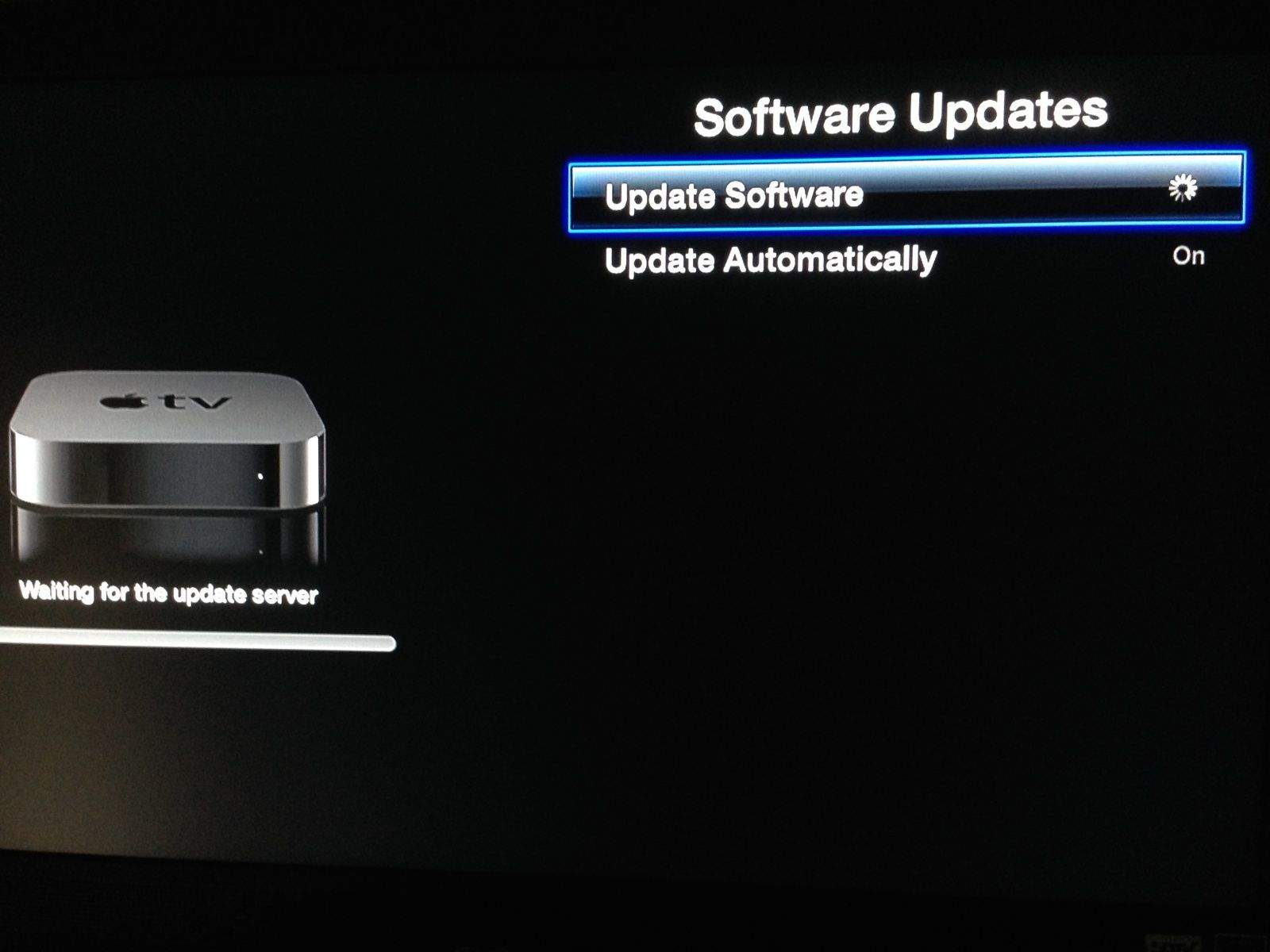

sit format stayed forever the #1 choice for archiving old Macintosh files/applications whereas. It also took care of storing such Mac files on a Windows computer for instance. Therefore, StuffIt took care of bundling resource forks along with the binary data constituting the file and allowed for uploading/downloading from or to a web server.

The name 'macOS' stems from the intention to unify the operating systems name with that of iOS, iPadOS, watchOS and tvOS.
BEATS UPDATER MAC OS 10.11 UPDATE
If an update or upgrade isn't compatible with your Mac, it won't appear in Software Update. macOS Sierra (version 10.12) is the thirteenth major release of macOS (formerly known as OS X and Mac OS X), Apple Inc.s desktop and server operating system for Macintosh computers. An upgrade is a major new version of macOS with new name, such as an upgrade from macOS Monterey to macOS Ventura. Macintosh applications (and most documents) all contain resource forks which are not binary safe nor transfered using standard FTP or HTTP tools such as web browsers. An update is a newer version of the currently installed macOS, such as an update from macOS Monterey 12.5 to macOS Monterey 12.6. It became so much of an essential tool when downloading basically *anything* from the internet. It began as shareware and then it went commercial but StuffIt Expander (the decompression tool) always remained free and was even bundled by Apple on Mac OS release CD-ROM's starting from the mid-90's, coinciding with the popularity of the internet in homes.

Open the Apple menu and go to App Store Under the Updates tab you will find the OS X El Capitan Update 10.11.5 available to download. StuffIt was the most versatile and used compression suite on the Mac since 1987. The simplest way to update OS X to 10.11.5 is through the Mac App Store: Back up the Mac before beginning, with Time Machine or your backup method of choice.


 0 kommentar(er)
0 kommentar(er)
